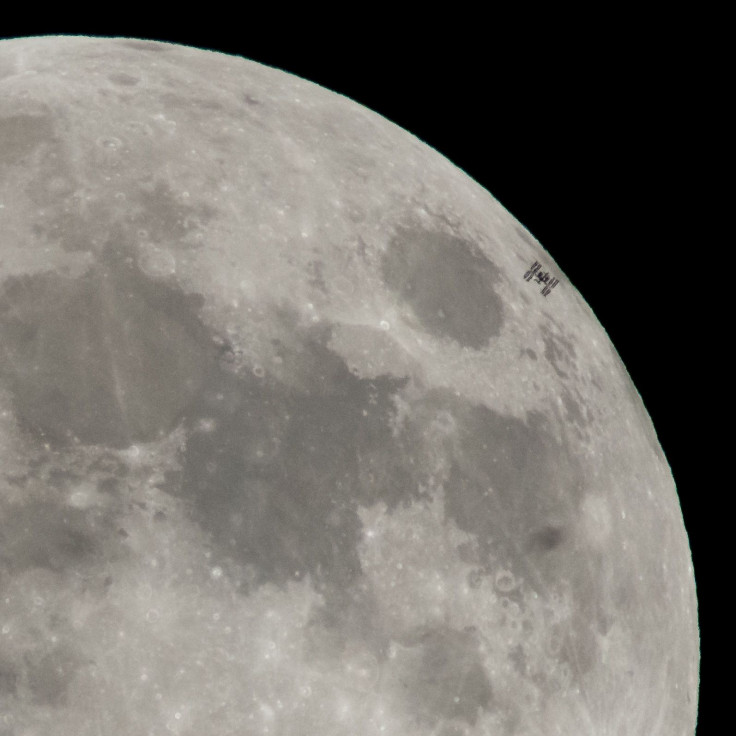Full Moon February 2018: When Is The Next Full Moon?

January brought a meteor shower, two full moons and a lunar eclipse for night-sky gazers but February hasn’t been anywhere near as full of lunar or stellar events. That’s not about to change, either.
This year, the month of February will have no full moons at all, nor will it have any meteor showers. The next full moon won’t actually happen until March 1 and the next meteor shower that will actually be visible won't happen until April.
Friday, Feb. 16, actually marks the lunar New Year, which is what the Chinese New Year is scheduled around. The holiday is set based on the lunar calendar. The new moon occurred Thursday afternoon when the moon was zero percent illuminated. After the new moon, more and more of the moon moves into an illuminated position until it reaches full.
Due to the full moon that occurred on Jan. 31 and the fact that February is such a short month, the full moon will just miss appearing in February on either end of the month.
January's full moons were not only full, but they were "supermoons" meaning they appeared larger than usual and also a bit brighter than usual. The next full moon though will be back to its regular size and brightness. There was also a lunar eclipse visible during the full moon at the end of January which is what gave the moon a red hue and the name "super blue blood moon."
So sky viewers will have to wait until next month to see another full moon, assuming the sky is clear that night.

© Copyright IBTimes 2024. All rights reserved.





















